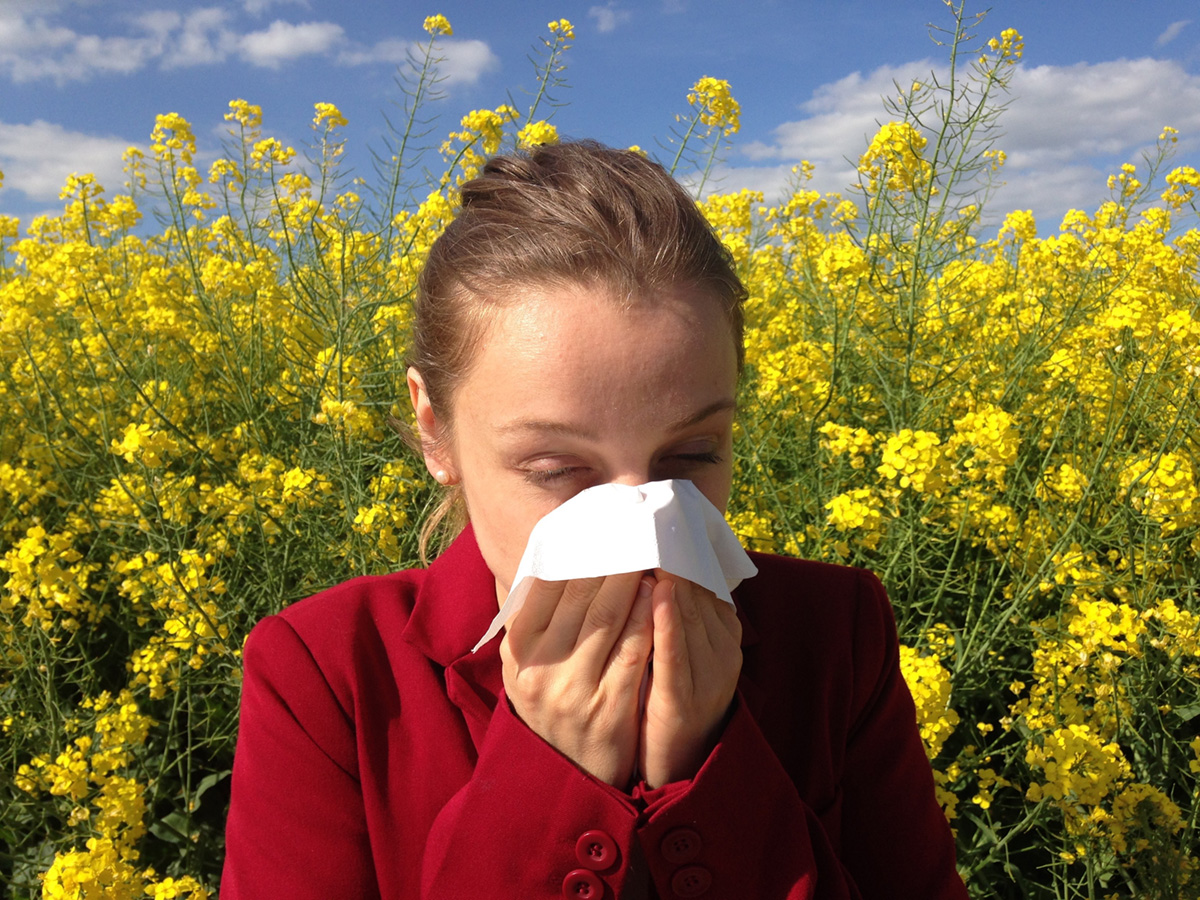
Grass allergy facts
Grass allergy symptoms usually happen in the period when grass growth is at its peak, and usually all the symptoms occur in the spring and early fall. Symptoms can be different but are mostly presented as urtica and allergic rhinitis, although in serious cases, allergic asthma can be a major symptom. Irritation of the mucosa layer in nose followed by sneezing, obstructed nose, is called allergic rhinitis. The problem with the breathing through nose can occur, followed by nose secretion (liquid is clear and transparent). Other symptoms include sneezing that lasts for long, irritation of nose mucosa layer. Treating rhinitis must include avoiding the allergens, which is hard because grass is present almost everywhere. The therapy includes medicaments that reduce swelling of the mucosa nose layers (decongestants) and those meds can be used as nose drops or pill. Increased using of these medications can make the opposite effect, enhance the condition that they should prevent.
Types and symptoms of allergy
The most common symptom of allergic rhinitis is allergic conjunctivitis, which is the inflammation process induced in conjunctive. The signs are watery and itchy eyes and sometimes irritation of the throat might happen, secretion down the throat may induce dry cough; headaches and nose bleeding might happen, too. Allergic conjunctivitis includes redness, itching and edema of conjunctive. As a result of this condition, swelling of eyelids might happen, but the good thing is that other eye parts are not affected. As the season passes, symptoms subdue also. Until the new allergen season, everything will be all right with the eye.
If the condition that occurs is urtica, changes usually affect the skin. The most obvious change is rash that can last for several weeks. Treatments include avoidance of allergens, use of local corticosteroid creams and general antihistaminic. Urtica is swelling in the dermal layer in skin, reddish color, with size up to an inch. Changes can be individual or grouped. Angioedema includes changes in the deeper layer of the skin, and although this condition can affect different body parts, it commonly affects eyelids, lips and tongue.
The treatment of all the types of allergic conditions includes the use of antihistamines, since, they block the histaminic receptors, H1 and H2 in our organism. Allergic conditions may cause a lot of problems and one of the best treatments and at the same time an excellent prevention method is eliminating, or at least avoiding the problem.


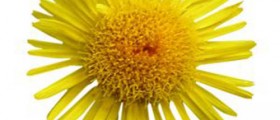

_f_280x120.jpg)
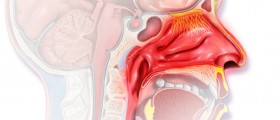
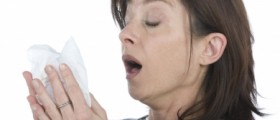


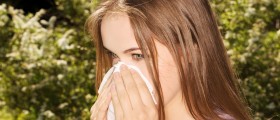
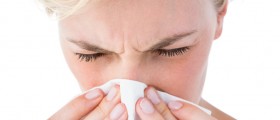
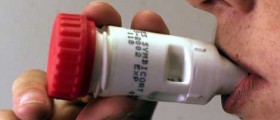

-Does-It-Help-Treat-Allergic-Rhinitis_f_280x120.jpg)
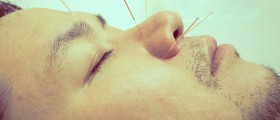


Your thoughts on this
Loading...